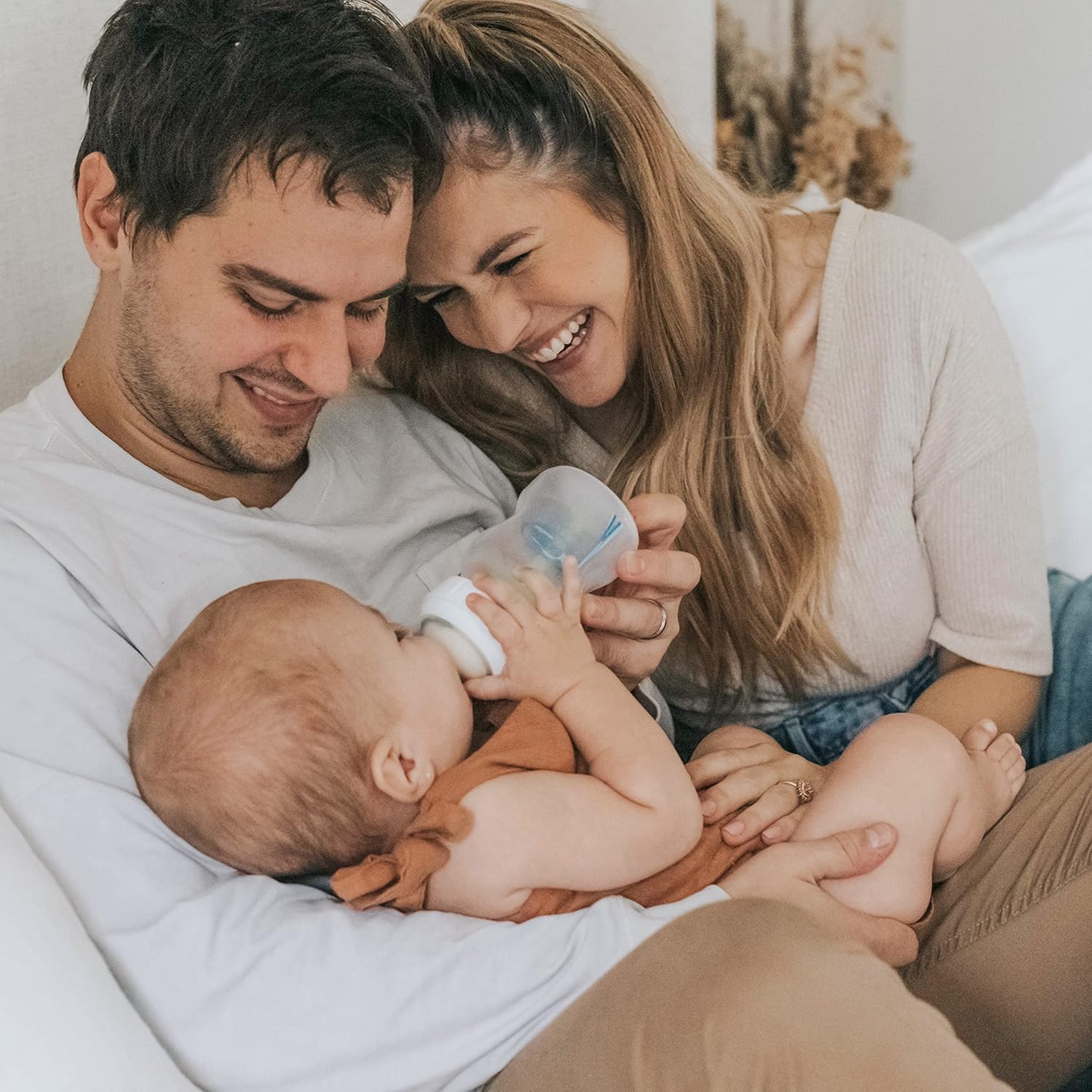Are Infant Crib Bumpers Safe? What Every Parent Should Know
When setting up a nursery for a newborn, protection is a pinnacle precedence. While decorating your baby’s crib, you might encounter infant crib bumpers—the ones soft, cushioned pads designed to line the interior of the crib to save you infants from bumping into the perimeters or getting limbs caught between the slats. Though these bumpers would possibly appear like a comforting and defensive addition, recent studies and protection recommendations endorse that they will absolutely pose giant dangers.
In this blog submit, we’re going to speak the professionals and cons of crib bumpers, their potential dangers, and safer alternatives to keep your child secure whilst they sleep.
What Are Crib Bumpers?
Crib bumpers are padded liners which can be located across the inner perimeter of a crib. Traditionally, they have been marketed as a way to save you infants from hitting their heads against the crib bars or getting their arms and legs stuck among them. They are available in diverse patterns, colorings, and fabrics, regularly matching the relaxation of the nursery décor.
The Dangers of Crib Bumpers
While crib bumpers have been once a popular addition to toddler cribs, protection experts now endorse towards the usage of them. Several health organizations, inclusive of the American Academy of Pediatrics (AAP), have strongly encouraged towards using crib bumpers due to the dangers they pose. Here’s why:
- Suffocation Hazard: Babies, mainly newborns, don’t have the capacity to transport themselves out of risky positions. If they roll into the bumper or their face gets pressed in opposition to it, they may not be able to turn away, that may limit breathing and lead to suffocation.
- Strangulation Risk: Some crib bumpers have ties or strings that stable them to the crib. These ties can pose a strangulation chance if a baby gets stuck in them. In worst-case scenarios, free or fraying cloth can also entangle an infant.
- Overheating: Crib bumpers can reduce airflow in and out of the crib, leading to overheating. Infants are mainly touchy to warmth, and overheating has been associated with a better chance of unexpected little one dying syndrome (SIDS).
- Sudden Infant Death Syndrome (SIDS): The AAP and other safety businesses have observed a link between using tender bedding—such as crib bumpers—and SIDS. Babies need a organization, flat sleep floor without greater padding or tender materials to reduce this danger.
Are There Any Benefits?
Despite the risks, a few mother and father would possibly nonetheless experience willing to use crib bumpers out of worry that their child could get a limb caught between the crib slats or bump their head towards the bars. However, the AAP and different experts notice that these risks are minimum in comparison to the hazards that crib bumpers present.
Most cribs nowadays are made to safety standards with slats which might be close enough together to save you a child’s body from getting stuck. As for minor bumps, most toddlers received’t harm themselves significantly through rolling into the crib facets. In reality, these small actions and nudges are everyday and a part of how toddlers learn to manage their our bodies.
Safer Alternatives to Crib Bumpers
To defend your toddler with out the chance that crib bumpers pose, here are a few more secure options to don’t forget:
- Bare Crib is Best: The safest sleep surroundings in your infant is a organization mattress with a geared up sheet, and nothing else within the crib. No pillows, blankets, or stuffed animals are necessary—and crib bumpers have to also be averted.
- Wearable Blankets or Sleep Sacks: Instead of the usage of blankets, bear in mind a sleep sack or wearable blanket in your infant. These are secure, comfy alternatives that keep your baby heat without the chance of suffocation from loose bedding.
- Mesh Liners: Some parents opt for breathable mesh liners as an alternative to conventional padded crib bumpers. While these are marketed as a safer alternative, it’s vital to notice that the AAP still advises in opposition to the use of any form of bumper in the crib.
- Crib Rail Covers: If your infant is teething and also you’re concerned approximately them chewing on the crib railings, bear in mind the usage of gentle crib rail covers that wrap around the pinnacle of the crib facets instead of lining the complete crib with bumpers.
What the Experts Recommend
The American Academy of Pediatrics and other leading fitness groups have clear pointers for toddler sleep protection. Here are the key guidelines:
- Always location your baby on their again to sleep.
- Use a firm, flat sleep floor like a crib, bassinet, or play backyard that meets protection standards.
- Keep gentle gadgets and unfastened bedding out of the crib.
- Avoid crib bumpers completely, even breathable mesh ones.
- Share a room with your baby, however now not a mattress, for the first 6-12 months.
By following those guidelines, you could considerably lessen the hazard of sleep-related injuries and create a safe sleep environment on your baby.
Conclusion
While crib bumpers may look comfortable and reassuring, they pose critical dangers that some distance outweigh any ability benefits. Following modern-day protection pointers can assist make sure your baby sleeps properly and soundly. A naked crib with out a bumpers, pillows, or blankets is the most secure choice to your little one’s sleep environment. Instead, cognizance on using secure sleep practices and alternative answers to defend your toddler even as lowering any hazards.
Your toddler’s safety is continually the top precedence, and keeping their crib free of useless objects, like crib bumpers, is one of the first-class methods to make sure a secure night time’s sleep.



